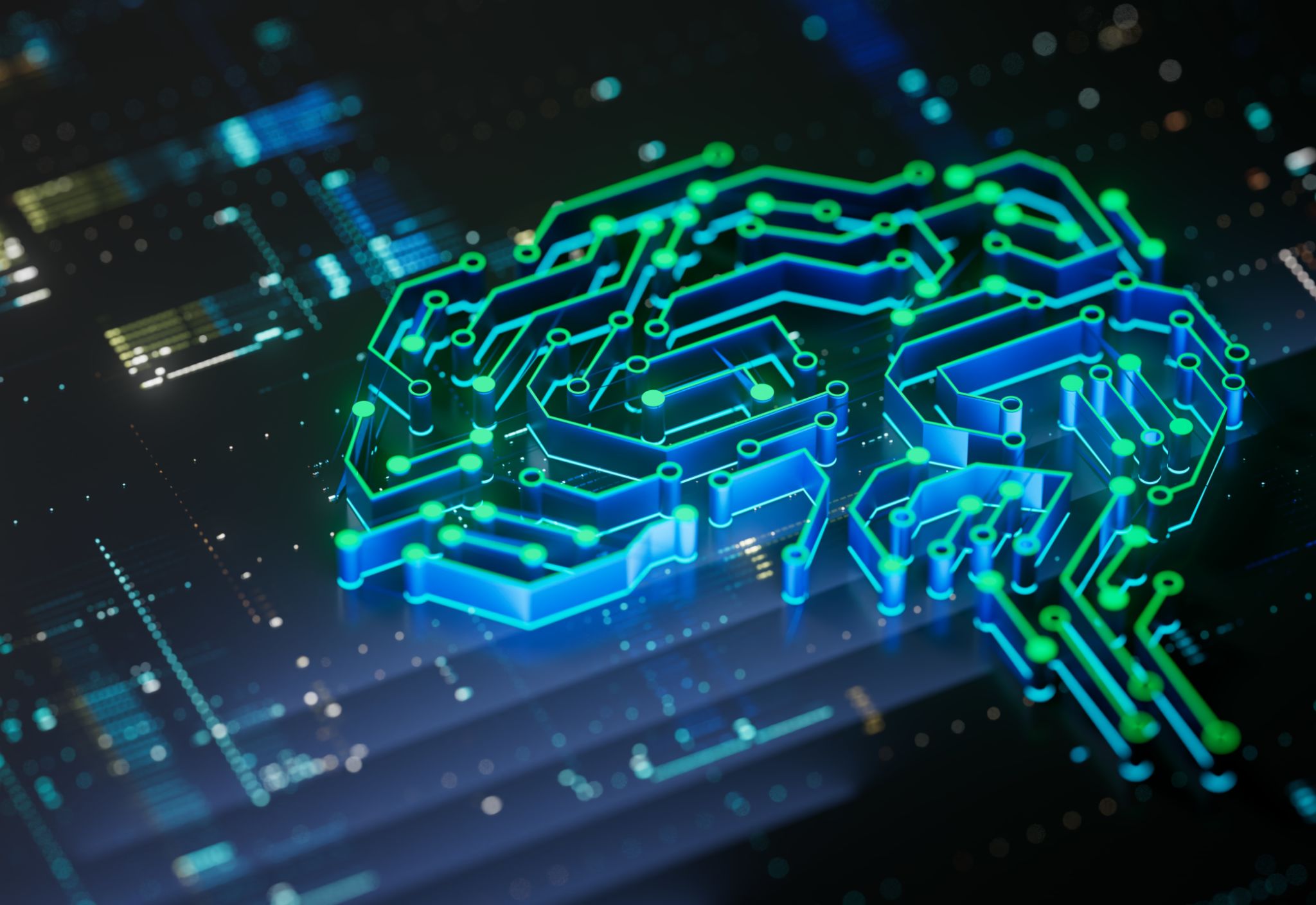Common Misconceptions About AI Automation in Finance
Understanding AI Automation in Finance
The integration of AI automation in the financial sector has sparked a wide range of discussions, many of which are based on misconceptions. As AI continues to evolve, it is crucial to dispel these myths to fully understand its potential and limitations. Let's explore some of these common misconceptions and uncover the truth about AI automation in finance.

AI Will Completely Replace Human Jobs
One of the most prevalent misconceptions is that AI will replace human jobs, leaving many unemployed. While it's true that AI can automate repetitive tasks, it is more likely to change the nature of jobs rather than eliminate them. AI can handle data entry and basic analysis, but human oversight remains essential for strategic decision-making and complex problem-solving.
Furthermore, AI creates new opportunities for skilled professionals. It allows workers to focus on more meaningful tasks that require creativity and emotional intelligence, skills that AI still cannot replicate. The collaboration between humans and AI can lead to increased productivity and job satisfaction.
AI Can Make Perfect Decisions
Another misconception is that AI can make flawless decisions without human intervention. In reality, AI systems are only as good as the data they're trained on. If the data is biased or incomplete, the AI’s decisions will reflect those shortcomings. Human judgment is crucial to ensure that AI-driven decisions align with ethical and business standards.

Moreover, AI lacks the ability to understand context and nuances the way humans do. While it can process vast amounts of data quickly, it does not possess the intuition or experience that professionals bring to the table. Therefore, AI should be used as a tool to enhance human decision-making, not replace it.
AI Automation Is Only for Large Corporations
Many believe that only large corporations can afford and benefit from AI automation. However, with advancements in technology, AI solutions are becoming more accessible and affordable for small and medium-sized enterprises (SMEs) as well. Cloud-based services and scalable AI tools allow businesses of all sizes to leverage the power of AI without heavy investment in infrastructure.

AI can help SMEs streamline operations, improve customer service, and gain insights into market trends. By utilizing AI automation, smaller businesses can compete more effectively with larger corporations and carve out their niche in the marketplace.
AI Is a One-Size-Fits-All Solution
There's a notion that once a company adopts AI, it will solve all its problems effortlessly. This is far from reality. AI implementation requires a tailored approach that considers the specific needs and goals of the business. It's not a plug-and-play solution; it demands careful planning, data management, and continuous monitoring to ensure success.
Businesses must identify the areas where AI can add the most value and invest in training employees to work alongside these technologies. Successful AI integration involves a combination of technology, strategy, and human expertise.
The Future of AI in Finance
As we move forward, it's essential to address these misconceptions to harness the full potential of AI in finance. By understanding what AI can and cannot do, businesses can make informed decisions about its implementation and integration into their operations.
The future of finance lies in collaboration between humans and machines, where each complements the other’s strengths. By embracing this synergy, the financial sector can innovate, adapt, and thrive in a rapidly changing world.
